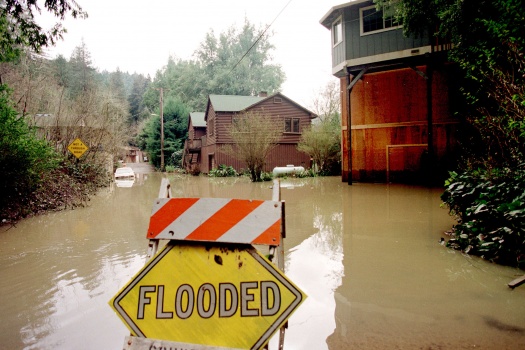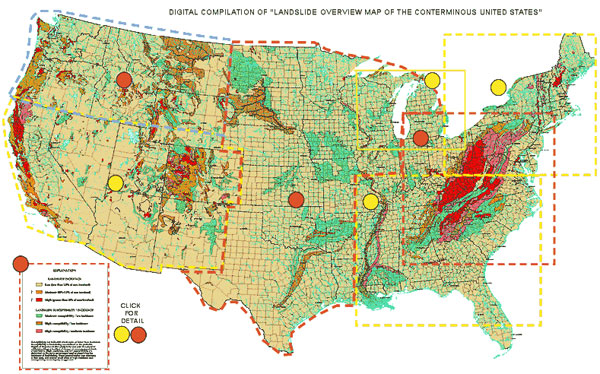Archive For The “Natural Disasters Safety” Category
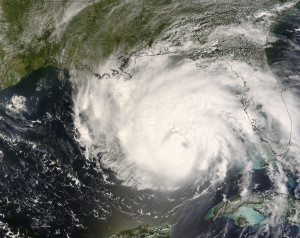
Hurricane season begins May 15 in the Pacific and June 1 in the Atlantic. Here are some things you should know about Hurricanes. Create an emergency communication plan with your family before a hurricane. Have emergency supplies in place at home, at work, and in the car. Check your insurance coverage, damages caused by flooding…
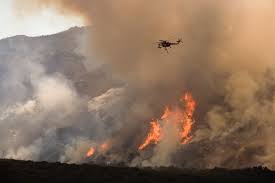
Before Wildfire Season- Make A Wildfire Plan Know your wildfire risk. Make a wildfire emergency plan. Build or restock your emergency preparedness kit, including a flashlight, batteries, cash, and first aid supplies. Familiarize yourself with local emergency plans. Know where to go and how to get there should you need to get to higher ground,…
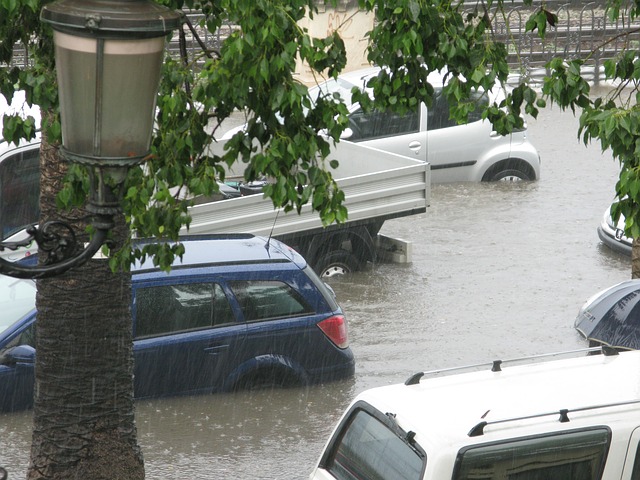
Floods are the number one natural disaster in the United States. The average flood claim between 2008 and 2012 was nearly $42,000. Total flood insurance claims during the same time period was nearly $4 billion dollars per year. People outside of mapped high-risk flood areas file nearly 25% of all the National Flood Insurance…
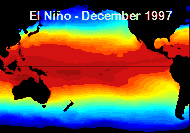
The term El Niño (Spanish for “the Christ Child”) was originally used by fishermen along the coasts of Ecuador and Peru to refer to a warm ocean current that typically appears around Christmastime and lasts for several months. Fish are less abundant during these warm intervals, so fishermen often take a break to repair…
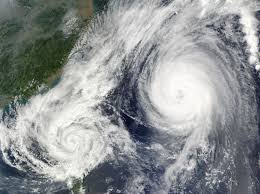
Below are results from various US government data that look at the Top 10 US States with the most natural disasters by 1) square miles, and 2) population. See the explanations below. Although both methods demonstrate that natural disaster are rare, when these occur the destruction can be devastating and fatal. …
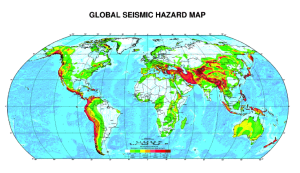
Earthquakes are among the most common natural disasters. Many large cities around the world are in active earthquake zones. Los Angeles, San Francisco, Tokyo, Manila, Quito, Delhi, Istanbul, Kathmandu, Mexico City, Kobe, Port Au ’Prince, and Santiago are among cities with millions of inhabitants who have experienced major earthquakes that have taken countless lives…
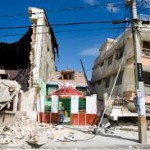
Video above prepared by the State of Utah and discusses the results of a 7.0 magnitude earthquake along northern Utah’s Wasatch Front. 10 Ways to Prepare for an Earthquake Earthquakes are among the most common natural disasters. Many large cities around the world are in active earthquake zones. Los Angeles, San Francisco, Tokyo, Manila,…
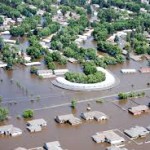
Flooding is America’s #1 Natural Disaster According to the U.S. government everyone lives in a flood zone and consumers must prepare for a flooding no matter where they live. The Northeast and Gulf Coast regions are affected by hurricanes or tropical storms from May to November or as a result of Nor’easter storms ….

